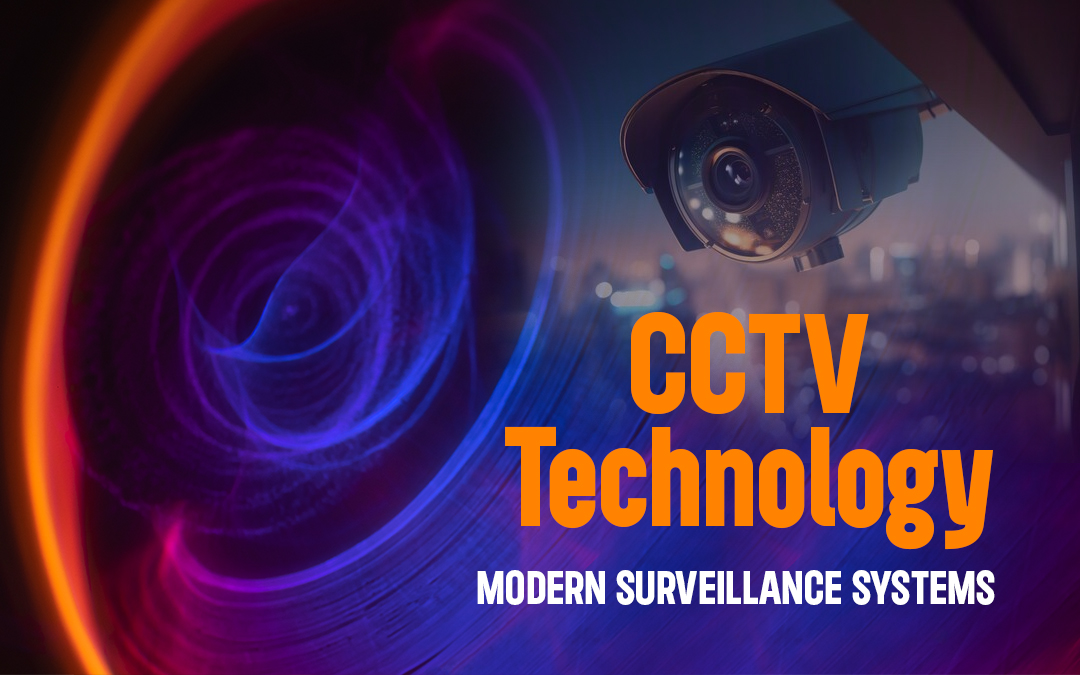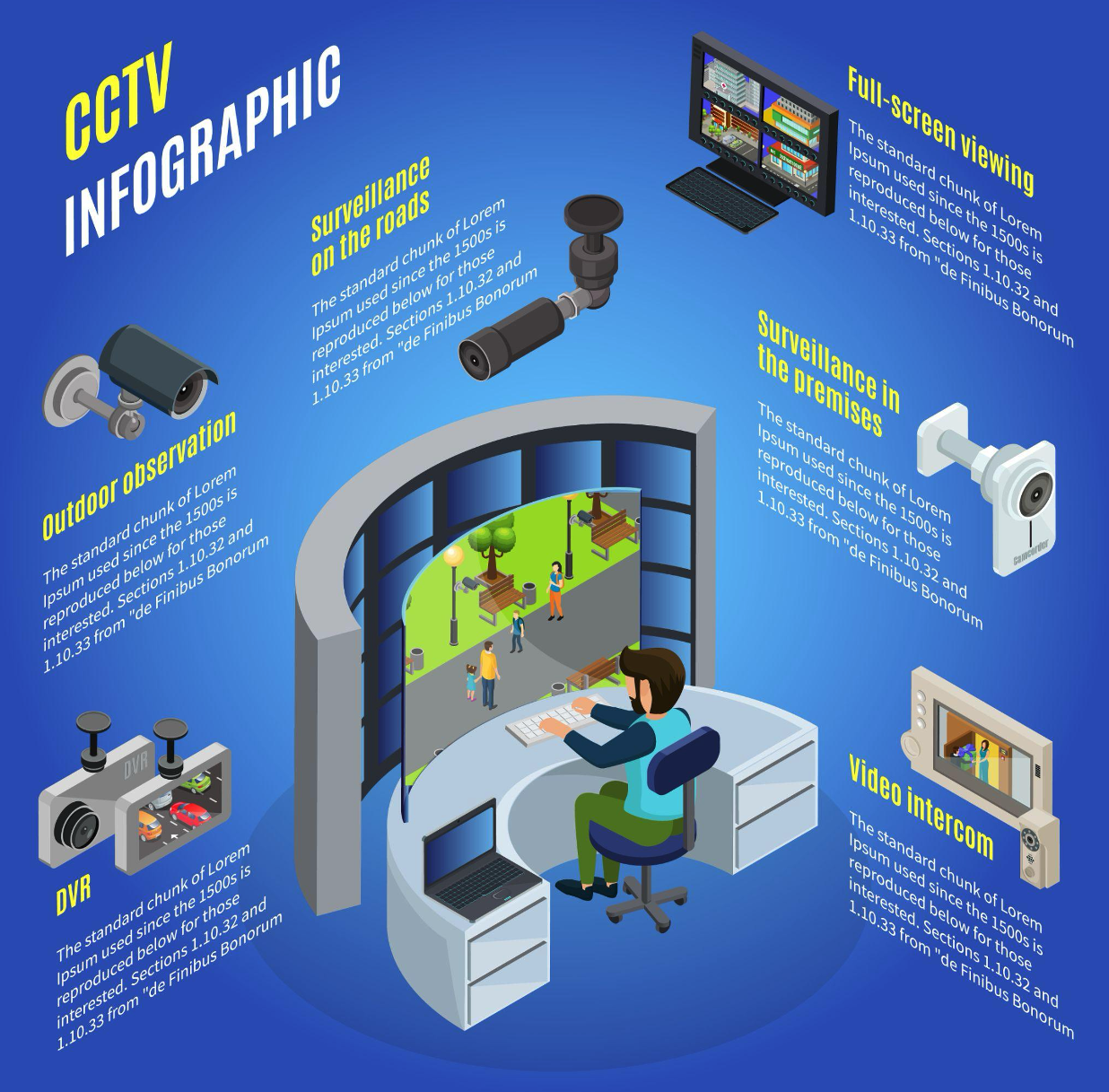
Nowadays, closed-circuit television modern surveillance systems are installed in most places, from schools and private properties to stadiums. These help greatly in preventing and dealing with security problems or crimes. Knowing the components of a CCTV system will help you design an effective solution for your property. Knowing the various parts that compose a CCTV system will help a person tailor it to meet specific security needs. You may also seek professional advice on tailor-made solutions from CCTV installers. This article will show you more about the parts involved in a CCTV system and how they come together for effective and modern surveillance. We will also describe what makes up modern surveillance systems.
Camera
As such, when installing a CCTV system, the installer has to choose either IP cameras or analog cameras. IP cameras are generally the most popular since the definition of pictures they produce is high and they work on a network. These also have types: dome cameras, which are discreet and mainly for indoor use; bullet cameras, which are long-range and more for outdoor modern surveillance; and covert cameras, which are usually hidden. Consider the angles that shall be covered, how many cameras are to be used, and the resolution required for your security needs.
Monitoring Station
The monitoring station would be where you will view recorded footage and images that your security cameras capture. How many monitors you will need will depend on the size of the area you are covering and how complex your security scheme is. If it is a small facility under modern surveillance, probably one to three monitors will do, giving a clear view of critical locations. Larger installations may require additional screens to ensure complete coverage. These are very flexible systems, hence one can easily add or remove monitors, which cater to your needs for constant change in monitoring. This adaptability hence means you have a modern surveillance system that shall scale with changes in your security requirements.
Cables & Routers
The type of cables and routers required will depend on the design of your modern surveillance system and the cameras chosen. This should include good cables to be run from the cameras to the recording and monitoring equipment for wired systems. Then, on the other hand, a strong router is required for wireless systems to handle data transmission from cameras via the network. The cables and routers must be compatible with your cameras and monitors to ensure an effective and quality connection. Also, consider the run and any possible interference that may affect the quality of the signal or the performance of the cables at the time of installation planning.
Video Recorders
Video recorders are crucial in the processing, storing, and playing back of videos obtained from your cameras. There are two major types: DVRs and NVRs. DVRs normally work with analog cameras and convert these analog signals into digital format for recording and playing. On the other hand, NVRs work with IP cameras to record video footage across a network. They have their advantages, whereby DVRs are usually at a cheaper price and NVRs offer higher resolution and flexibility. Knowing the differences between DVRs and NVRs will help in selecting the appropriate recorder for your camera system and intended application.

Data Storage
The data storage solution that you are going to use is at the center of the effectiveness of your CCTV security system. It needs to handle constant recording from multiple camera feeds and provide reliable playback. Standard hard drives used in PCs and laptops were not designed to handle the workload of CCTV storage. Specialized hard drives or Network Attached Storage units designed for security applications are available for use. Such storage facilities are made to capture all the vast data produced by the modern surveillance systems, providing durability with large capacities that allow long-term storage. Be sure that the storage system can present your system's data needs, allowing room for expansion in the future.
Power Supply
An important component of a CCTV system is the power supply. Normally, in most wired applications, this is done using power-over-Ethernet technology, through which both power and data can be passed using only one cable. This simplifies installation and minimizes the number of cables needed for the system to either be installed or serviced for your building. An excellent power supply will keep your cameras running while you enjoy constant video streams from the device. Most importantly, a robust and well-maintained power supply is the key to the uninterrupted performance of the CCTV system.
Conclusion
Choosing the right CCTV cameras and other relevant elements the inclusion of Power-over-Ethernet for both efficient power and data brings into play some of the keys to effectiveness. The consultation expertise from experts in the form of a CCTV installer in Greater Manchester assures maximum settings and the reliability that comes with this aspect. With attention to each of these factors, the level of protection for one's property can be drastically improved.
Share this post
Leave a comment
All comments are moderated. Spammy and bot submitted comments are deleted. Please submit the comments that are helpful to others, and we'll approve your comments. A comment that includes outbound link will only be approved if the content is relevant to the topic, and has some value to our readers.

Comments (0)
No comment